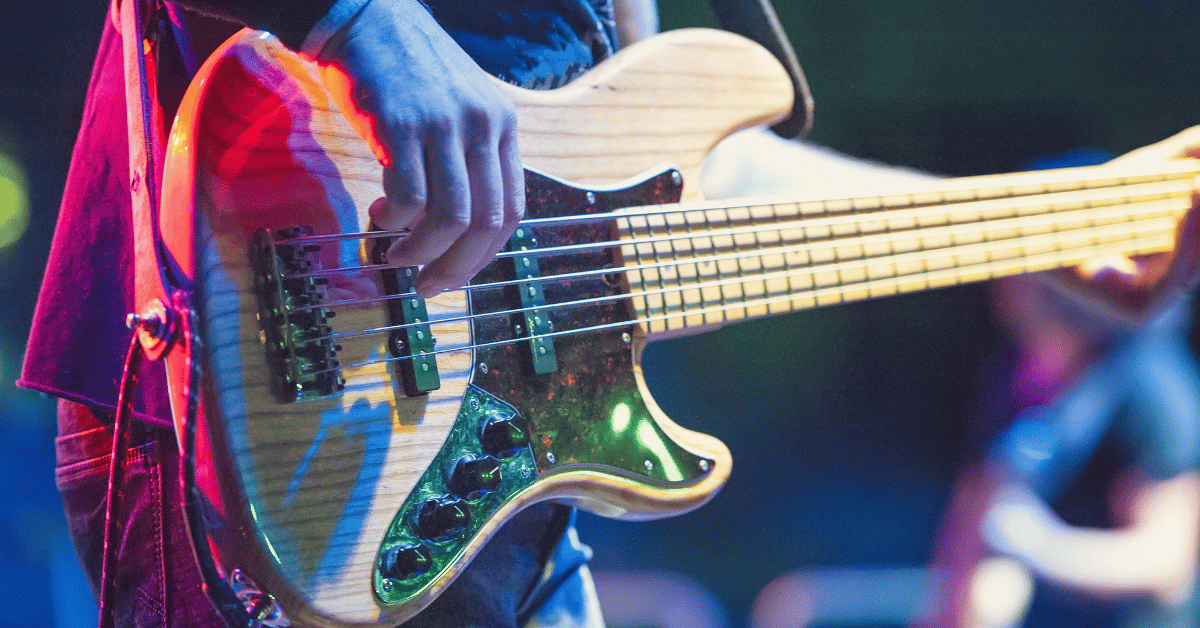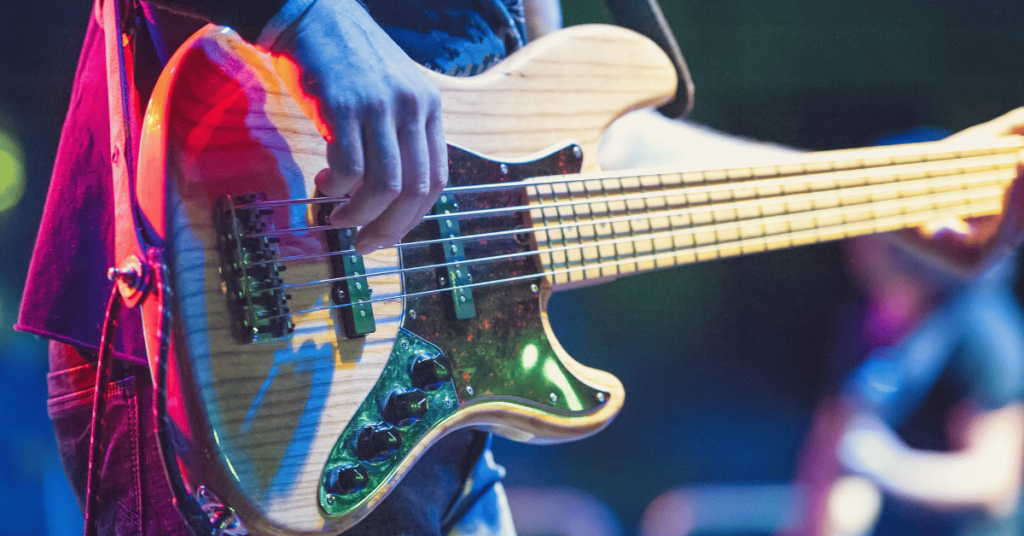Having multiple guitar players on stage is definitely a luxury!
As a worship leader I sure do love the weeks where schedules align and I can have multiple guitarist serving. What seems to happen though, is the guitar players run into some issues throughout the set.
Clashing parts and clashing tones always seem to come up. It is totally normal for these hiccups to arise because alongside an additional guitar player is a skill. To do this well, there are a few things guitar players should keep in mind when playing with other guitar players.
1) Communication, Communication, Communication
As with any musical partnership, you need to communicate.
This can be done in a very practical sense with a simple conversation before rehearsal to discuss a plan for who plays what. Or it can be as simple as consciously paying attention to what the other player is doing in the set.
If you go the route of conversation, there are a few things to keep in mind for that talk.
The first concern is the arrangement, is it two acoustics?
Two electrics?
One acoustic, one electric?
One acoustic, two electric?
What the arrangement is, very much determines how each instrument should be approached. To keep this simple, the more instruments you have on the team the less you should play.
Also keep in mind the strengths of each instrument.
Acoustic guitars are not the greatest lead melody instruments, they thrive in big lush open string chords and soft rhythmic finger picking. Electric guitar using loads of overdrive, delay, and reverb is going to be overbearing and lack clarity if it is played like an acoustic guitar. Rather the electric guitar is best highlighted in a worship context by playing less notes. Letting the guitar, pedalboard, and amp do the heavy lifting.
If you are in a situation with two electric guitar players, there are really two approaches that work best.
The first approach…
The more classic lead player, rhythm player dynamic. The lead player would be the one playing the main melodic parts within the song and the rhythm player would be providing more chordal and rhythmic based ideas.
The second approach is becoming more and more common is a dual lead player approach…
This is my favorite context to play in personally because I find that so much of the structure that a rhythm guitar player generally would provide is already laid out by the bass, keys, and synth parts within songs. The dual lead approach does well to give each guitar player more musical space to work with.
2) Don’t Just Play, Listen
One of the best ways to learn how to specifically play with another guitar player is to listen to song recordings intently. When you have it available, listen to the isolated tracks for each guitar. Generally modern recordings have somewhere between 4-10 guitar tracks that you can pull ideas from and see how each part fits in the mix. Covering all those parts live can get a bit tricky!
The cool thing about our tutorials is every single one of them is a consolidation of each song’s guitar tracks into 1-2 playable parts.
No need to spend a ton of time trying to figure out how you’re going to play them, we’ve already got you covered. You can also get access to recordings of those tracks here our stem store. Access to every track for each song is only $9/song ($12/song for non-members).
The more songs that you do this with and take a detailed approach to learning, the more you will see different patterns and tendencies that work within the context of a song.
When you are listening intently, you do not necessarily need to take away any specific parts but rather the general concepts that are being used.
The more of these different concepts you know and understand the more you can implement these into your playing. This idea is something that translates even when you are the sole guitar player, understanding your place within the mix will always be a benefit to your team.
3) Do What You Do, Not What They Do
Like how we mentioned the different strengths of the acoustic guitar and the electric guitar, this concept of not to “step on each other’s toes” can be applied in further detail. As an oversimplification, you can think of it as what ever they are doing; do the opposite. If they are using humbuckers, use single coils. If their signal is very dirty, use a cleaner sound. If their signal is very wet, use a drier sound.
If they are playing in the higher register of the neck, play in the lower register. If they are playing something very “busy”, play something more simple.
The goal is always to complement each other.
At times it can even be a situation when they are playing, just don’t play anything. More is rarely better, and often too much.
4) The Elephant In The Room
The toughest part with any sort of dividing of responsibilities within a song is not the application, but rather the direction is received and presented.
To be very frank, many of us guitar players go into situations and feel this desire to play the most prominent lead parts and can be discouraged when we are asked to play something we deem as less important. This type of thinking is incredibly harmful to the team and yourself. Our role is to serve the team and is all too similar of our role as believers within the kingdom of God.
1 Corinthians 12:4-7 There are different kinds of gifts, but the same Spirit distributes them. There are different kinds of service, but the same Lord. There are different kinds of working, but in all of them and in everyone it is the same God at work. Now to each one the manifestation of the Spirit is given for the common good.
As an exercise…
Go to a song recording that you have access to the stem and ability to mute the different tracks. Listen for a few seconds to the song with the bass muted, then a few seconds with the drums muted, a few seconds with the keys muted. Go down the line muting and unmuting each track and listen that it is so clear that each track adds to the song making it the complete entity that it is. Each part of the song is important and without the song is missing something.
1 Corinthians 12:18-22 But in fact God has placed the parts in the body, every oneof them, just as he wanted them to be. If they were all one part, where would the body be? As it is, there are many parts, but one body. The eye cannot say to the hand, “I don’t need you!” And the head cannot say to the feet, “I don’t need you!” On the contrary, those parts of the body that seem to be weaker are indispensable.
Whether you are playing the soaring melodic line or the cowboy chords on the acoustic, your part is important should be treated as such. One of our unique roles as a worship team is to act as a team different than a band in the secular context. Free of egos, desiring to best serve each other and our congregation to the glory of the Lord.
Check out these similar posts!
- Worship Guitar Tone Master Class VIDEO SERIES
- Are Tube Amps Officially a Waste of Money for Worship Guitarists?
- Everything You Need to Know About Flying with a Guitar
- Nick Mayer (Zach Williams) Guitar Rig Rundown
- The Most Surprising Guitar Secret for Sounding Massive
- Overdrive Pedals: Finding Your Tone
- The Ultimate Guide to Instrument Cables
- Bass Rig Setup & Building an Affordable Pedalboard with Tom Furby (Hillsong Y&F)
- How to Build Creative Guitar Sounds for Worship






